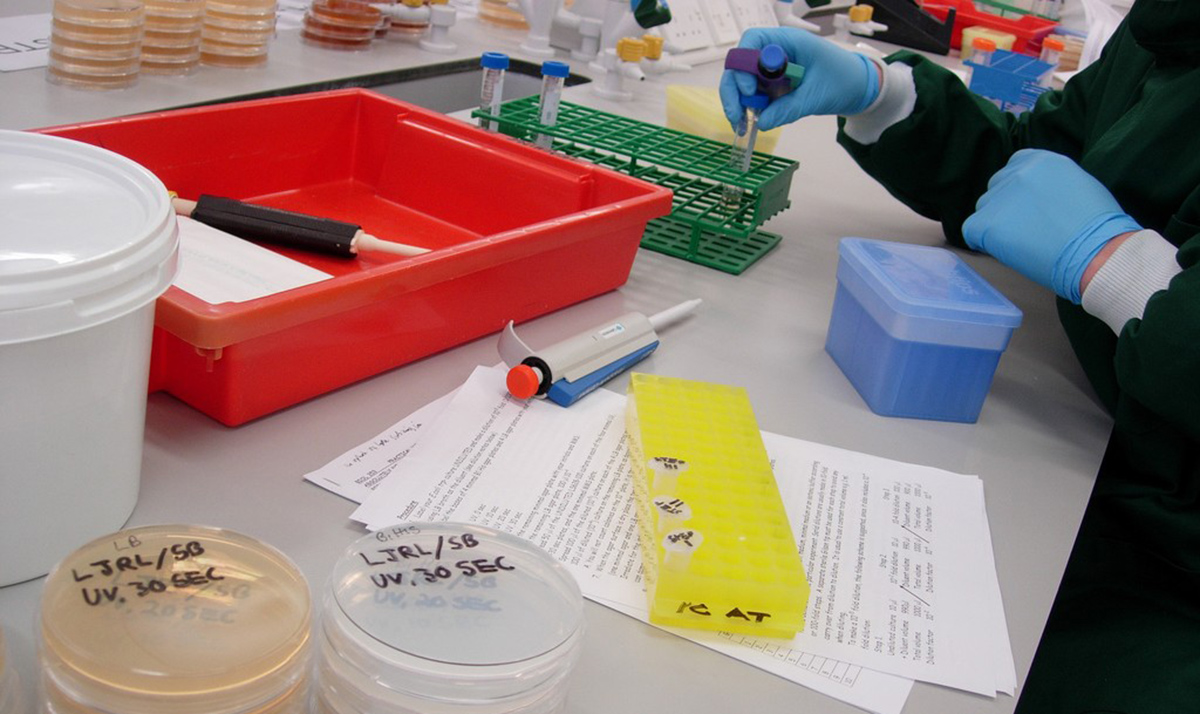Table of Contents
For you to fully understand inherited diseases, here are a few examples of some of the most common monogenic diseases.

Types of monogenic diseases
Monogenic disorders can either be dominant, recessive or X-linked. This has to do with the number of copies we have for each gene. As already said, we have two copies for each one of our genes, one that comes from our mom and one from our dad.
An example of this is Huntington’s disease, which is caused by a defect in chromosome 4. Normally, we all have a piece of DNA sequence, known as CAG repeat, inserted in chromosome 4 which repeats from 10 to 28 times. Patients with Huntington disease show an increase in the number of repeats that goes from 36 to 120.
The consequences of this are mainly seen in the nervous system of the patients. This illness affects brain cells, causing degeneration, the gradual lose of movement and alteration in other cognitive abilities, such as the ability to learn, think and reason.
The disease is inherited from one affected parent to daughters and sons. If one of the parents has the disease, there is a 50% chance that all his or her sons and daughters develop it too; if both parents have it, then it is certain that their childs will develop Huntington’s at some point of their lives. Every time the mutation is passed, the CAG repeats increase in number, which intensifies the disease.
If only one copy is affected, then this person won’t show any symptoms of the disease, but will certainly be able to inherit it to his or her descendants.
An example of a recessive genetic disorder is Tay Sachs disease. It is caused by a mutation in a gene present in chromosome 15 and it is a mortal disorder. The mutation, which is inherited from both parents in order for it the affect the child, affects the functionality of a protein that helps in the degradation of a fatty chemical brain substance known as gangliosides. Because the protein no longer exerts its normal function, gangliosides accumulate in the brain cells, causing damage that leads to deafness, blindness, paralysis, dementia, psychosis and finally death.
X-linked monogenic diseases
X-linked monogenic diseases, as its name indicates, are caused by mutations in genes present in the X-chromosome, which is a sex chromosome.
An example of this type of disorders is hemophilia. Hemophilia is a recessive X-linked disorder related to a lack of specific factors that contribute to the formation of blood clots. Since these factors are reduced in quantity or not present at all, the blood clotting process is defective and people suffering from this illness are prone to constant intense bleedings.
See Also: How do Genetics Impact Behavior and Personality
Since it is recessive, only one defective copy of the gene is needed for the disease to fully develop. Because men only have one copy of the gene (as they only have one X chromosome), they develop the disease, whereas women, who have two copies, can use the good copy instead of the bad one, and not have any symptoms or show a milder form of the disease.
Inherited disorders are severe most of the time and are not easy to understand. Currently, there are more than 10,000 known monogenic disorders and scientists work everyday to fully understand them in order to find a treatment or cure.
- Photo courtesy of Trevor Pittman by Flickr : www.flickr.com/photos/46485532@N04/5535898113
- Photo courtesy of Laurence Livermore by Flickr : www.flickr.com/photos/lofaesofa/248546821


Your thoughts on this